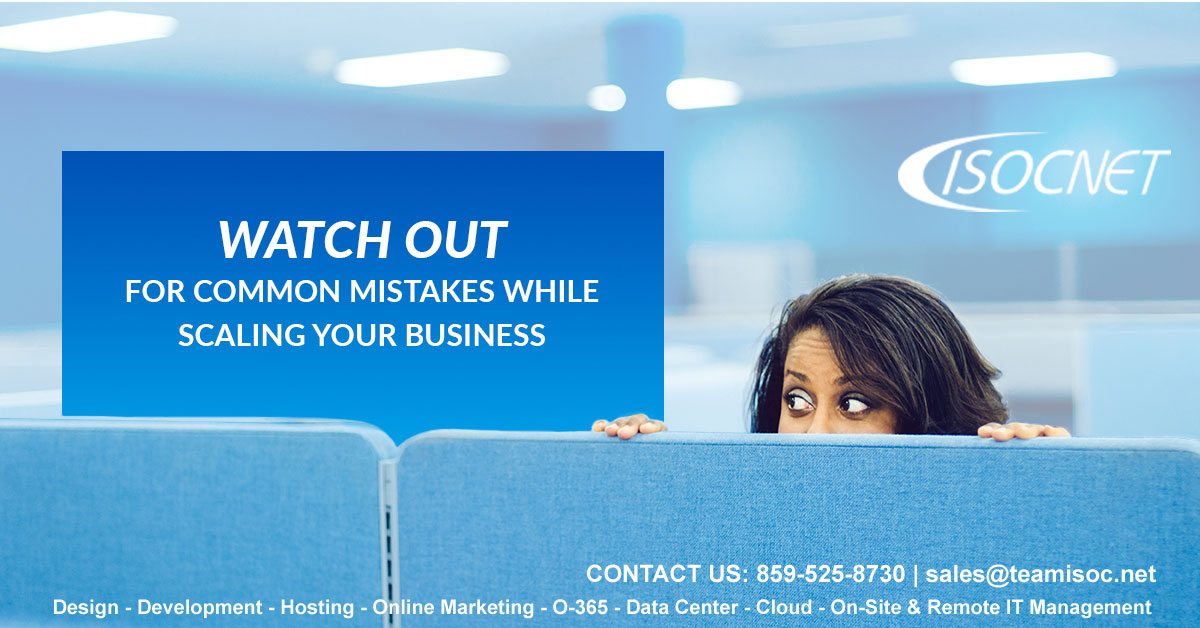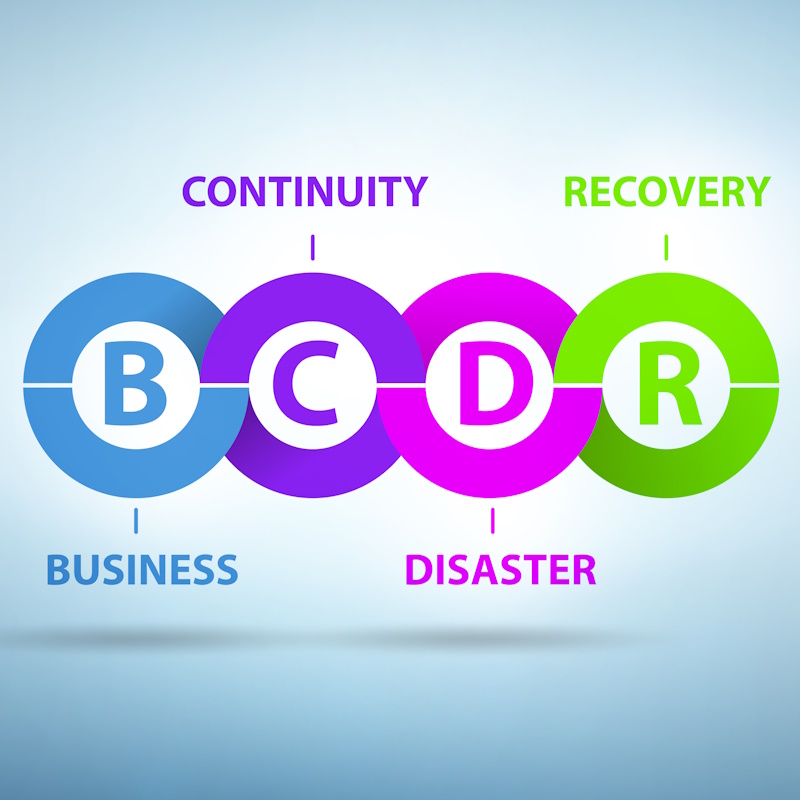Recent Posts
Categories

Most Small to Medium size business are strapped for resources, often burning at both ends. They are not usually big enough have dedicated resources, but have shared roles to meet all of their needs. That can lead to rushing through process implementations, technology upgrades, and new hires. Rushing through is not strategic and often does not set up a solid foundation for sustainable scalability.
Being able to scale up or down without disruptions takes precision, strategic planning, and alignment. It’s not easy to get there, but once you are there, it is manageable to stay scalable and easily adapt to changes, as long as you commit to it.
If you are considering a path to sustainable scalability, consider these common mistakes to avoid.
Lack of Proper Documentation
This is not just for processes, but also technology configurations, change logs, and knowledge. Without documentation how can you transfer knowledge and ownership to new people? Or communicate new improved ways of doing things. We have all experienced it. Your best employee for years, moves on to another career taking years of undocumented expertise with them. Your customers suffer, and the rest of your staff who are burdened by the departure are stressed beyond belief trying to figure out how to survive and take over the responsibility with no direction. Proper documentation prevents such chaos.
Other common issues of poor documentation includes:
- Incorrect business decisions that can negatively effect the bottom line
- Waste of employee time searching for information
- Miscommunications and misinformation within the organization, causing more stress
- Inaccurate information on employee performance, client preferences, processes, etc.
- Inadequate customer service and human resource management
- Inappropriate billing
Disconnected Systems
Most of us have had experience working in disconnected systems. Information is different across systems and you spend more time that is necessary to complete tasks. It is more difficult to get the full picture of what is going on in the company or get accurate information to make good business decisions. This all leads to unnecessary expenses. As a result, the goal should be to build one integrated system where data can flow freely and efficiently through all systems.
Outdated Onboarding and Ongoing Training
Many companies do not have up to date customer onboarding, employee onboarding, or ongoing training procedures. This can lead to uncertainty and higher churn, which negatively impacts your bottom line. When customers and employees have clear processes and expectations they have higher satisfaction and things get done more efficiently and effectively. Lack of training and procedures can effect customer/employee morale, engagement, confidence, and overall trust in the organization.
Unknow Vulnerabilities
An unexpected attach is one of the worst things that can happen to an organization. It can disruption throughout and tarnish the brand. Vulnerabilities can come from unpatched security vulnerability, a security bug, or a network port open. New vulnerabilities are being discovered everyday, so it is important to be vigilant with your patching, updates, and vulnerability scans so you can be proactive in protecting your infrastructure.
Unsupported Technologies
Out-of-date legacy systems expose your network to hackers and often underperform. It is a doorway with a roadmap for hackers to compromise your systems. They same security patches you get on supported systems remain as known vulnerabilities on the out dated systems. In addition, legacy systems that under perform can cost you in slower productivity. In the long run, it is always best to only run on current, updated, supported systems for security and performance.
With our years of experience and knowledge, we can help your business achieve sustainability. Reach out to us for a no-obligation consultation.



